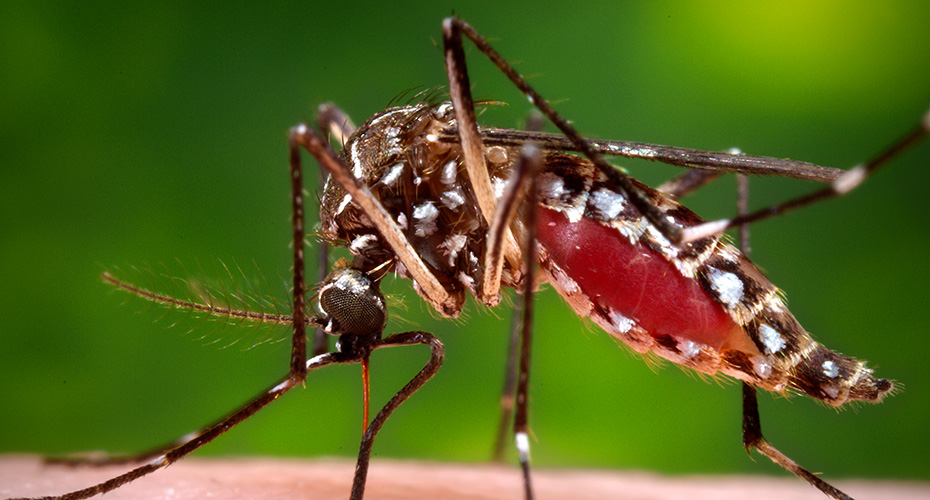

Ultimate Guide to Mosquito Control: Effective Strategies for Protection and Prevention Mosquitoes are more than just a nuisance—they’re vectors for diseases like malaria, dengue, and Zika virus. As temperatures rise and outdoor activities increase, understanding how to combat these pests becomes essential. This guide explores mosquito control methods, including mosquito patches, mosquito spraying, mosquito fogging, green mosquito solutions, and natural deterrents for mosquitoes, while highlighting the best mosquito protection strategies. Let’s dive in! Understanding Mosquitoes: The Basics The insect mosquito belongs to the Culicidae family, with over 3,500 species worldwide. Only female mosquitoes bite, requiring blood to produce eggs. They thrive in warm, humid environments and breed in stagnant water. Effective control starts with disrupting their lifecycle and habitats. 1. Mosquito Patches: Portable Protection Mosquito patches are a modern, convenient solution for personal protection. These adhesive patches release natural repellents like citronella or geraniol through the skin, creating a barrier against bites. Ideal for outdoor enthusiasts, they’re chemical-free and safe for children. Pros: No sprays or lotions, long-lasting (up to 12 hours). Cons: May not be as effective in high-infestation areas. For best results, pair patches with other methods like clothing coverage or natural deterrents for mosquitoes. 2. Mosquito Spraying: Targeted Chemical Control Mosquito spraying involves applying insecticides to foliage, walls, or outdoor areas where mosquitoes rest. This method targets adult mosquitoes and is often used by municipalities or pest control services. Types: Residual sprays: Long-lasting protection for yards. Space sprays: Immediate knockdown of flying insects. Safety: Use EPA-approved products and follow guidelines to minimize environmental impact. While effective, overuse can harm beneficial insects. Combine with green mosquito strategies for balanced pest management. 3. Mosquito Fogging: Rapid Area Treatment Mosquito fogging uses thermal or cold foggers to disperse insecticides as fine droplets, covering large areas quickly. It’s ideal for events or post-rain when mosquito populations surge. Best for: Temporary relief in parks, gardens, or neighborhoods. Limitations: Short-term results; doesn’t target larvae. For sustained control, integrate fogging with larvicides (targeting breeding sites) or mosquito patches for personal safety. 4. Green Mosquito Solutions: Eco-Friendly Approaches Green mosquito control focuses on sustainability and minimizing chemical use. Key strategies include: Biological controls: Introduce natural predators like dragonflies or mosquito-eating fish (e.g., Gambusia). Plant-based repellents: Grow citronella, lavender, or marigolds. Larvicide alternatives: Use Bacillus thuringiensis israelensis (Bti), a bacteria toxic only to mosquito larvae. These methods align with natural deterrents for mosquitoes and protect ecosystems. 5. Best Mosquito Protection: A Multi-Layered Approach The best mosquito protection combines several strategies: Eliminate breeding sites: Remove stagnant water in gutters, buckets, or flowerpots. Physical barriers: Install window screens, use bed nets, and wear long-sleeved clothing. Repellents: Apply DEET, picaridin, or oil of lemon eucalyptus. Tech solutions: Use mosquito traps or UV-zappers. Pair these with mosquito spraying or fogging during peak seasons for comprehensive defense. 6. Natural Deterrents for Mosquitoes: Safe and Simple For those avoiding chemicals, natural deterrents for mosquitoes offer effective alternatives: Essential oils: Eucalyptus, peppermint, and tea tree oil diluted in carrier oils. DIY sprays: Mix apple cider vinegar, water, and herbs like rosemary. Citronella candles: Reduce bites by 50% in sheltered areas. While these require frequent reapplication, they’re ideal for small spaces or sensitive skin. 7. Insect Mosquito: Health Risks and Prevention The insect mosquito poses significant health risks globally. Prevent bites to avoid: Diseases: West Nile virus, chikungunya, and yellow fever. Allergic reactions: Swelling or itching at bite sites. Stay informed about local outbreaks and prioritize best mosquito protection practices. Comparing Methods: Spraying vs. Fogging vs. Patches Mosquito spraying: Best for long-term yard protection. Mosquito fogging: Ideal for immediate, large-area relief. Mosquito patches: Perfect for on-the-go, chemical-free use. Rotate methods based on needs and seasonality. Final Tips for a Mosquito-Free Environment Maintain your yard: Trim grass and shrubs where mosquitoes rest. Use green mosquito solutions like Bti dunks in ponds. Schedule mosquito spraying or fogging during dawn/dusk when mosquitoes are active. Experiment with natural deterrents for mosquitoes to find what works best. Conclusion From mosquito patches to green mosquito tactics, effective control requires a mix of prevention, repellents, and environmental management. Prioritize the best mosquito protection by combining chemical and natural strategies. Stay proactive, and enjoy the outdoors without the buzz!